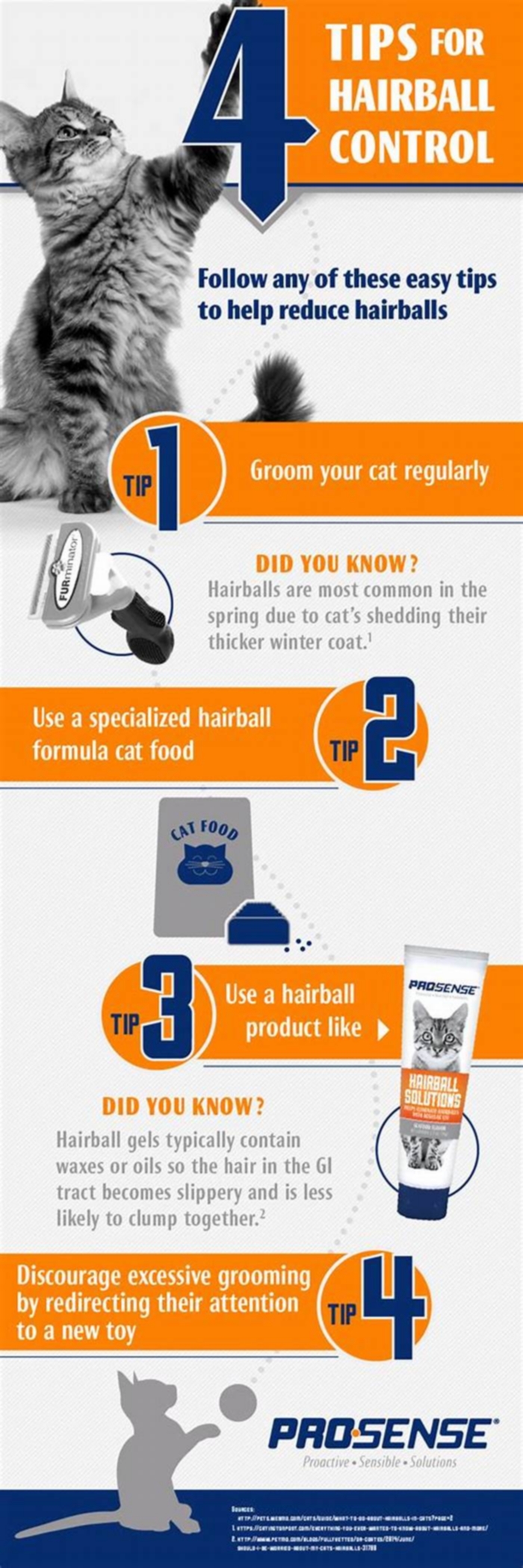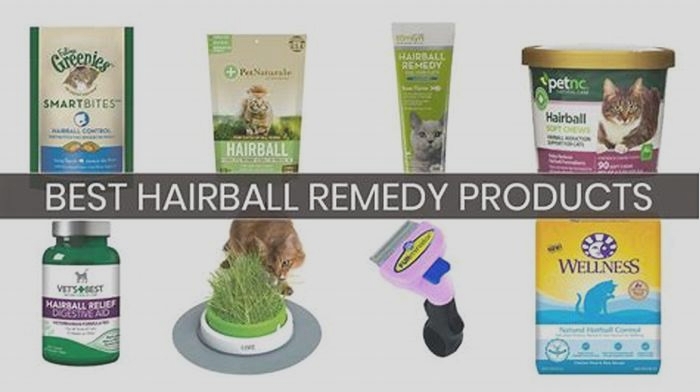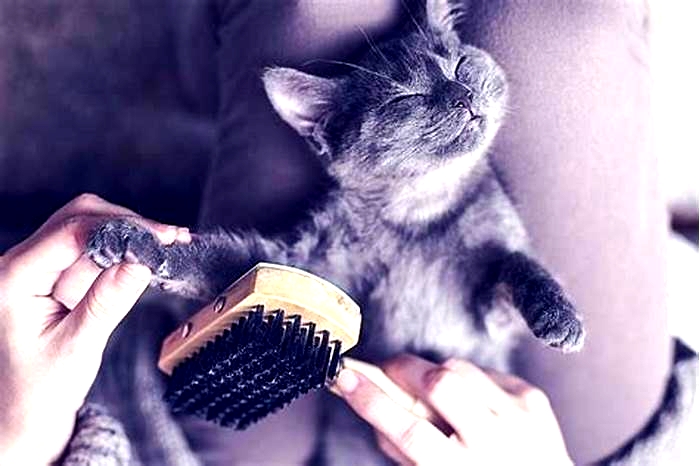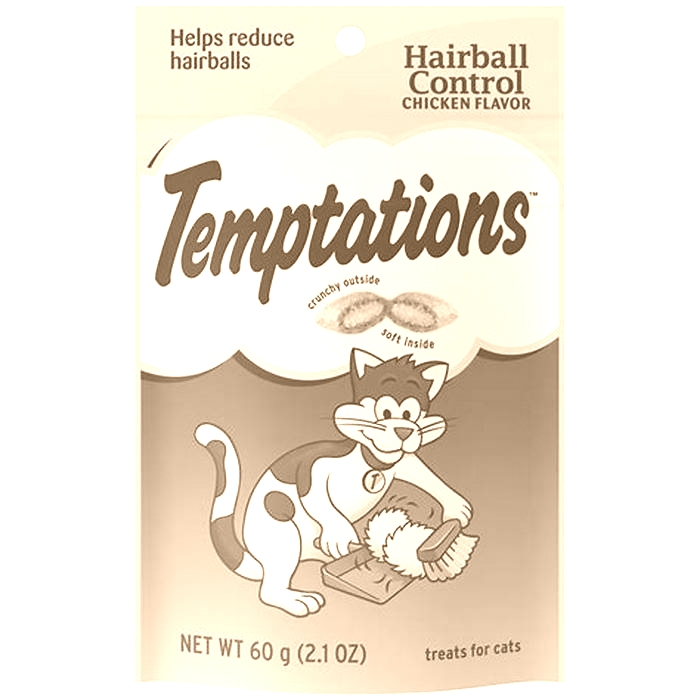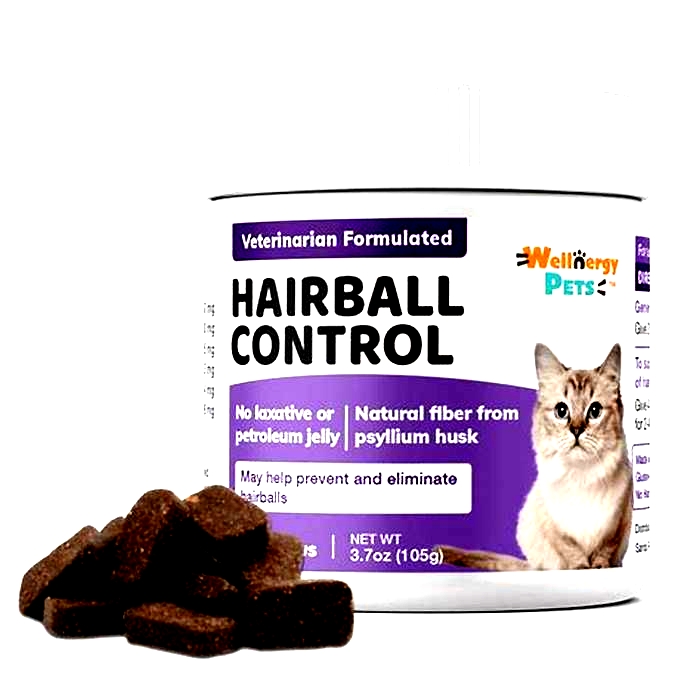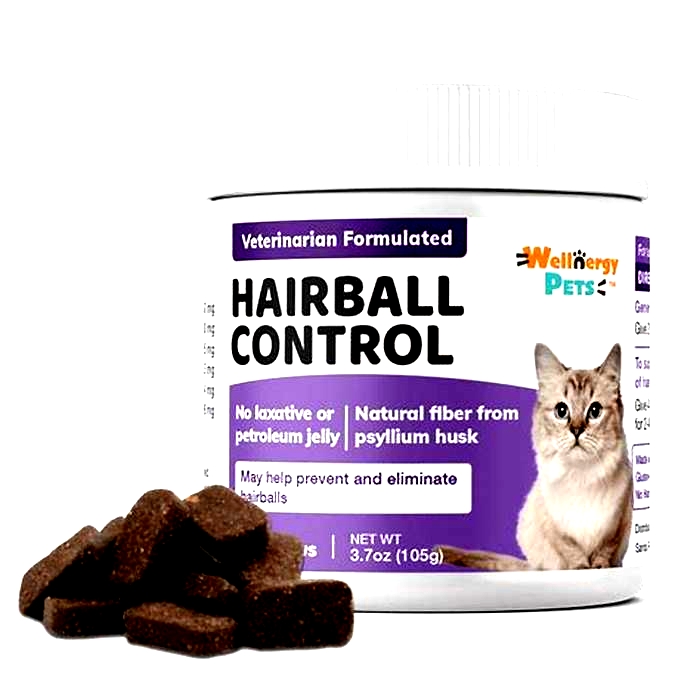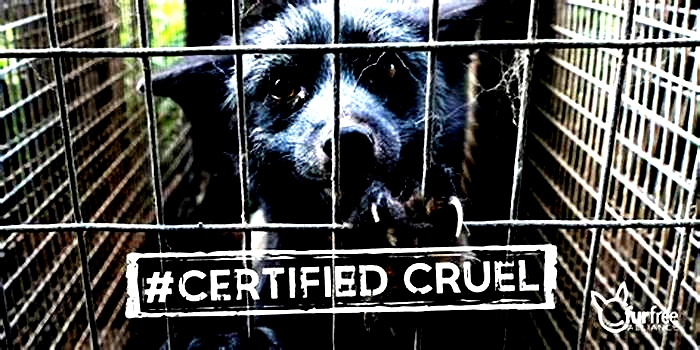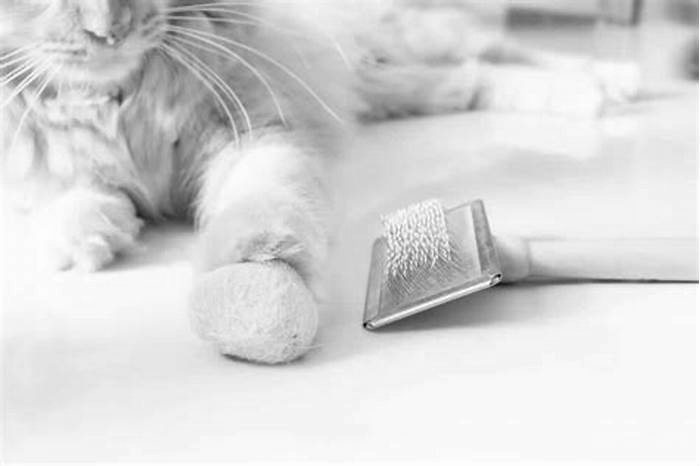Unlocking the Secret to a Hairball Free Life with Control Treatments

Helpful Tips for Controlling Your Cat's Hairballs
Cats are meticulous groomers, often washing themselves several times a day. As they lick, they naturally swallow a bit of their own hair. When enough of this ingested hair collects in a cat's digestive tract, it forms a hairball. Most hairballs are harmlessly coughed up or passed through your cat.
Cats with long hair and those that shed heavily or groom excessively are especially prone to developing hairballs.
What can you do?
Though you may not eliminate hairballs completely, you can help minimize their occurrence
- Brush your cat regularly and thoroughly to remove loose hair and mats. Long-haired felines should be brushed every day and those with short hair, once a week
- Give your cat a daily food specially-formulated for hairball control.

Signs of a problem:
- Presence of hairballs - expelled from your cat's mouth or present in the litter box
- Frequent hackling, coughing and gagging
- Constipation or loose stools
Always consult your veterinarian if you have questions about your cats health
Hill's Science Diet Hairball Control Cat Food
Available in a variety of formulas for all life stages and lifestyles, including for indoor cats.
- Precisely balanced nutrition helps control and avoid the formation of hairballs when fed on a daily basis
- Natural vegetable fibers help move hair through a cat's system with no drugs or artificial lubricants that may interfere with normal digestion and nutrient absorption
- Essential fatty acids promote healthy skin and a shiny coat

